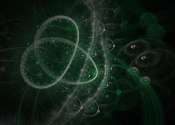A proposed superconductivity theory receives exclusive experimental confirmation
Superconductivity - a quantum phenomenon in which metals below a certain temperature develop flow of current with no loss or resistance - is one of the most exciting problems in physics, which has resulted in investments ...






